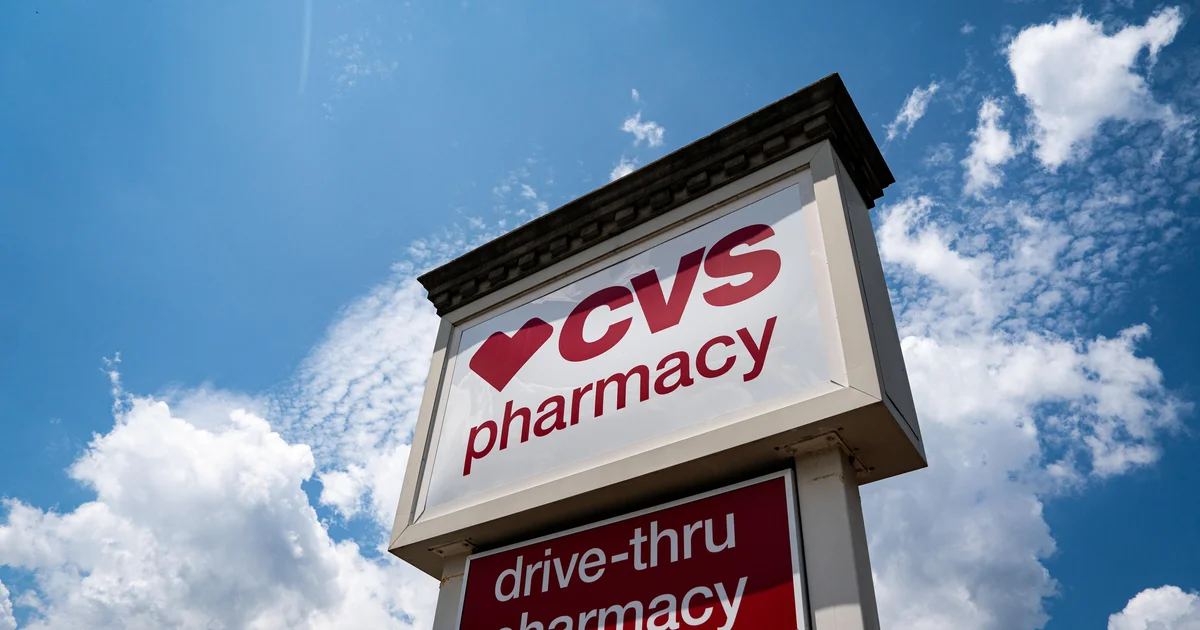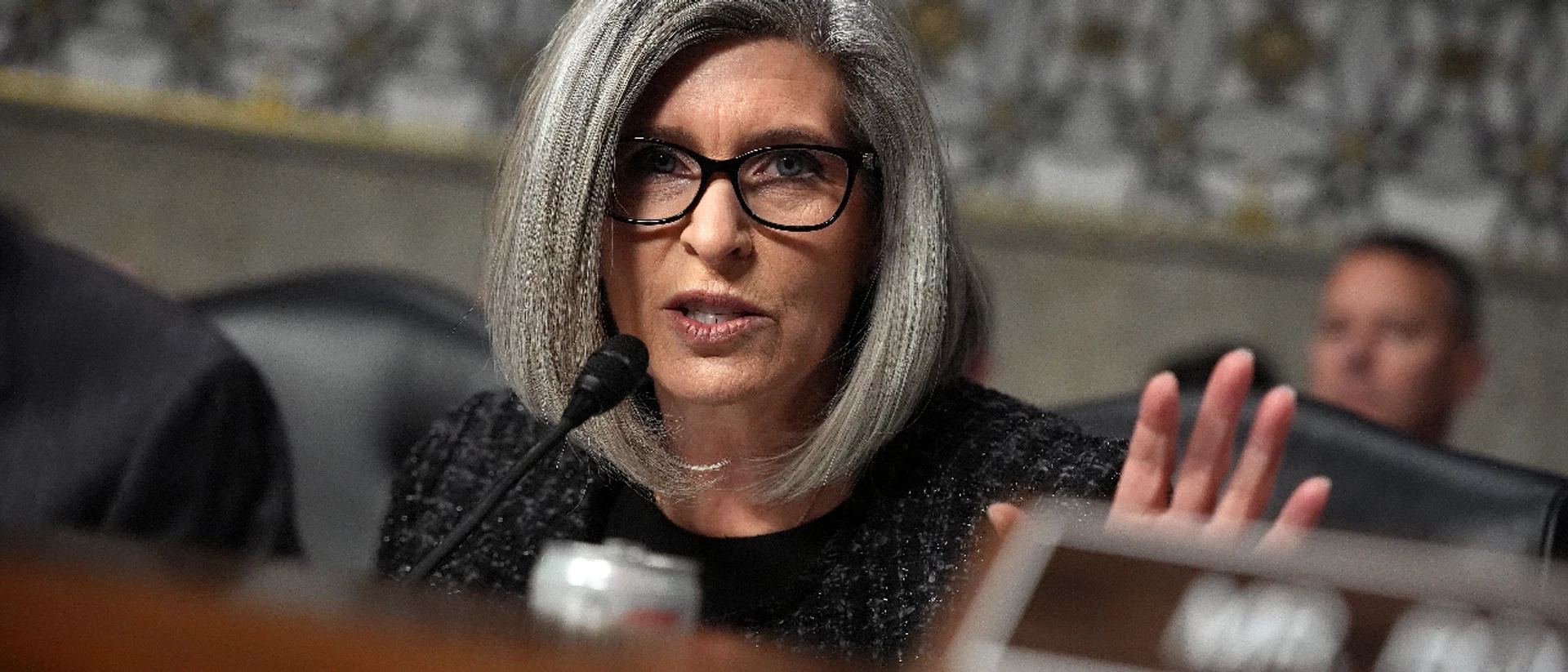When the COVID-19 pandemic first swept across the United States, pharmacies like CVS and Walgreens quickly became central to the country’s vaccination campaign. With their widespread presence in communities nationwide, these pharmacy giants played a pivotal role in distributing vaccines to millions of Americans. However, recent developments show that vaccine access is no longer as simple as walking into a store.
- Background: COVID-19 Vaccination in the U.S.
- State Health Guidelines Shape Access
- Impact on Patients and Communities
- Why Are Restrictions Being Implemented?
- CVS and Walgreens Caught in the Middle
- Broader Political and Ethical Debates
- The Role of Communication
- Economic and Business Implications
- Looking Ahead: Future of Vaccine Access
- FAQs
- Conclusion
Under new state health guidelines, CVS and Walgreens are restricting access to COVID-19 vaccines, sparking debate over fairness, public health policy, and the balance between safety regulations and accessibility. For families, seniors, and those with chronic health conditions, the restrictions are raising both practical challenges and pressing ethical questions.
Background: COVID-19 Vaccination in the U.S.
The U.S. vaccine rollout has been one of the most ambitious public health efforts in modern history. Since the first emergency authorizations in late 2020, over 680 million vaccine doses have been administered nationwide, according to CDC data.
Role of CVS and Walgreens
- Both chains partnered with the federal government to distribute vaccines.
- They became primary vaccination sites for nursing homes, schools, and local communities.
- Their accessibility — with thousands of outlets across the country — allowed even rural populations to receive shots.
For many Americans, their local CVS or Walgreens was not just a pharmacy; it was the gateway to life-saving protection against a global virus.
State Health Guidelines Shape Access
While the federal government initially oversaw vaccine distribution, state governments have increasingly taken control. As new variants emerge and booster policies shift, states are issuing their own guidelines on who is eligible for shots and when.
Examples of Restrictions
- Some states allow only seniors, immunocompromised patients, or healthcare workers to receive the latest booster.
- Others require individuals to wait a specific number of months after their last dose before qualifying.
- In pediatric cases, age-based rules are limiting vaccine availability for children under certain thresholds.
CVS and Walgreens, as private providers, are bound to comply with these state directives. This compliance has led to confusion and frustration among patients who expect uniform access nationwide.
Impact on Patients and Communities
Stories from Patients
Imagine a 45-year-old with asthma who walks into Walgreens for a booster, only to be told that the state’s rules limit eligibility to people over 60. Or consider parents traveling miles to a CVS, only to discover their child does not meet the age requirement for the latest shot.
Public Health Consequences
Health experts warn that inconsistent access could undermine the vaccination campaign:
- Communities may face lower immunity rates if certain populations are excluded.
- Confusion could fuel vaccine hesitancy, with some assuming the shots are unsafe or unnecessary.
- Vulnerable populations — particularly minority groups already facing disparities — may be disproportionately affected.
Why Are Restrictions Being Implemented?
State officials argue that restrictions are not about denying access but about prioritization and safety.
Reasons Behind the Policies
- Supply and Demand Balance – Vaccine supplies are limited in some areas, requiring prioritization.
- Targeting High-Risk Groups – Seniors and immunocompromised individuals face the highest risk of severe illness.
- Monitoring Safety – Officials want more data before expanding access to younger, healthier populations.
An official from one state health department noted, “We are focusing on those most likely to benefit immediately, while ensuring safety remains paramount.”
CVS and Walgreens Caught in the Middle
As corporations, CVS and Walgreens are not setting the rules but enforcing them. This often puts them in difficult positions with patients.
Challenges for Pharmacies
- Staff Training: Pharmacists must stay updated on frequently changing state guidelines.
- Customer Frustration: Employees are often on the frontlines of patient anger.
- Legal Compliance: Non-compliance could result in fines or loss of contracts.
One Walgreens pharmacist explained, “We want to give everyone access, but our hands are tied by state rules. It’s heartbreaking to turn people away.”
Broader Political and Ethical Debates
The restrictions raise broader debates about health equity and the role of government in public health.
Political Divide
- Supporters of Restrictions: Argue that guidelines are necessary to protect high-risk groups and manage supply.
- Critics of Restrictions: Claim that arbitrary rules create barriers and deepen distrust in the healthcare system.
Ethical Concerns
- Should a young teacher with daily classroom exposure be denied a booster because she doesn’t fit the risk category?
- Are state governments unintentionally widening health inequalities by limiting access in certain communities?
The Role of Communication
One major criticism of CVS, Walgreens, and state governments is the lack of clear communication.
- Patients often arrive at pharmacies unaware of restrictions.
- Websites and online booking tools sometimes fail to reflect the latest eligibility rules.
- Language barriers and digital divides leave many vulnerable populations in the dark.
Experts stress that transparent, accessible messaging is crucial for maintaining public trust in vaccination efforts.
Economic and Business Implications
Restricting vaccine access also impacts business operations for CVS and Walgreens.
Financial Considerations
- Vaccinations brought additional revenue and foot traffic into stores.
- Restrictions may reduce customer visits and weaken community trust.
- Both companies face reputational risks if patients blame them rather than state policies.
Pharmacies as Public Health Hubs
The situation highlights the growing role of retail pharmacies in U.S. healthcare. They are no longer just places for prescriptions but central players in public health delivery.
Looking Ahead: Future of Vaccine Access
As COVID-19 transitions from pandemic to endemic, vaccine strategies will continue to evolve.
Potential Future Changes
- Broader access once supplies stabilize and data on boosters strengthens.
- Annual COVID-19 shots, similar to flu vaccines, administered widely at pharmacies.
- Stronger federal oversight to standardize access nationwide.
Public health experts argue that ensuring fair and consistent vaccine access will be critical in preventing new waves of outbreaks.
FAQs
Why are CVS and Walgreens restricting COVID vaccine access?
They are following state health guidelines that limit eligibility to certain groups such as seniors, immunocompromised individuals, or specific age groups.
Are the restrictions the same across all states?
No. Rules vary by state, which is why some patients face different access depending on where they live.
Can a healthy adult under 50 get the latest COVID booster at CVS or Walgreens?
In many states, no — unless they meet specific criteria such as being immunocompromised or working in healthcare.
Are CVS and Walgreens responsible for making these rules?
No. They are enforcing guidelines set by state health departments.
Will access expand in the future?
Yes. As supplies increase and more safety data emerges, restrictions are likely to ease, potentially moving toward annual, widely available vaccines.
Conclusion
The restrictions by CVS and Walgreens under state health guidelines reflect the ongoing complexity of managing COVID-19 in the United States. While intended to prioritize vulnerable populations, the rules have sparked frustration, confusion, and broader debates about fairness and public health strategy.
Ultimately, the challenge lies in finding a balance: protecting high-risk individuals while ensuring broad, equitable access to vaccines for everyone. As the nation moves toward long-term COVID-19 management, pharmacies like CVS and Walgreens will remain at the center of this effort — but their ability to succeed will depend on clear policies, transparent communication, and a commitment to fairness in healthcare delivery.











